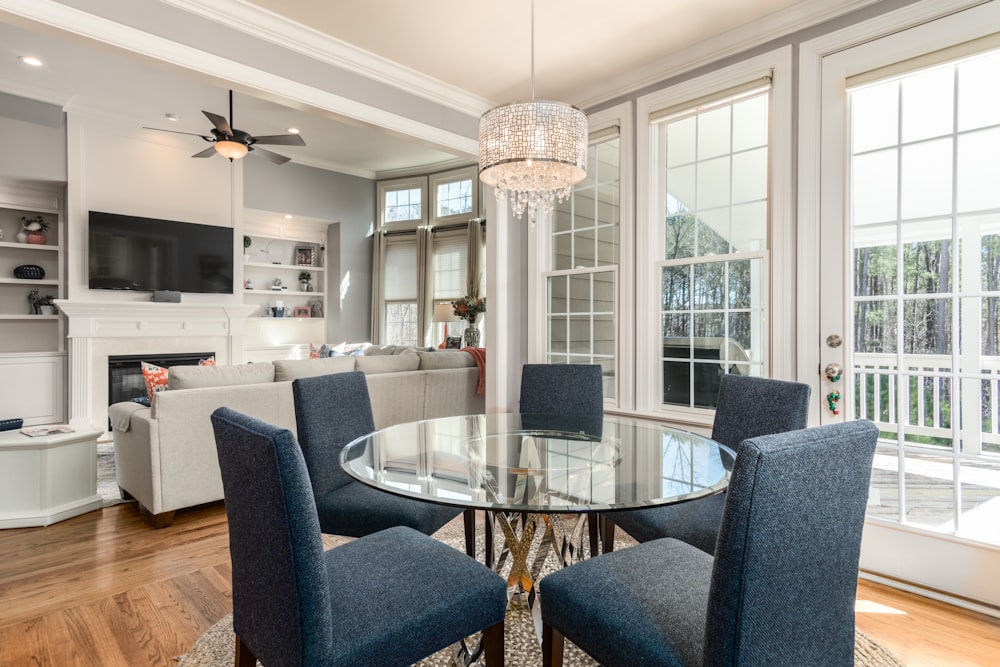Introduction:
Humidity can wreak havoc on your home, causing discomfort, promoting mold growth, and even damaging your belongings. Fortunately, there are effective ways to combat humidity and create a more comfortable and healthy indoor environment. In this article, we’ll explore some practical strategies for reducing moisture at home.
Identify Problem Areas:
The first step in combatting humidity is to identify problem areas in your home. Check for signs of moisture accumulation such as condensation on windows, damp walls or ceilings, and musty odors. Pay special attention to areas like bathrooms, kitchens, basements, and crawl spaces, as these are common sources of humidity.
Improve Ventilation:
Proper ventilation is essential for reducing humidity levels in your home. Ensure that your bathrooms and kitchen are equipped with exhaust fans that vent to the outdoors, and use them whenever cooking or showering. Open windows and doors whenever weather permits to allow fresh air to circulate and carry moisture out of your home.
Use a Dehumidifier:
A dehumidifier is a highly effective tool for reducing indoor humidity levels, especially in areas prone to moisture buildup. Place a dehumidifier in problem areas like basements or crawl spaces, and set it to maintain a humidity level between 30-50%. Empty the water reservoir regularly to prevent overflow and ensure optimal performance.
Seal Air Leaks:
Air leaks can allow warm, humid air to enter your home, contributing to elevated humidity levels. Seal gaps and cracks around windows, doors, and utility penetrations with caulk or weatherstripping to prevent air infiltration. Consider adding insulation to walls, floors, and ceilings to improve energy efficiency and reduce moisture transfer.
Monitor Indoor Humidity:
Invest in a hygrometer to monitor indoor humidity levels and ensure they stay within a healthy range. Aim for a relative humidity level between 30-50% to maintain a comfortable and healthy indoor environment. If humidity levels consistently exceed this range, take steps to identify and address the underlying cause.
Address Water Intrusion:
Water intrusion can contribute to elevated humidity levels and promote mold growth in your home. Inspect your roof, gutters, and downspouts regularly for signs of damage or leaks, and repair any issues promptly. Check for plumbing leaks or dripping faucets and address them to prevent moisture buildup.
Maintain Proper Drainage:
Proper drainage is essential for preventing water from pooling around your home’s foundation and causing humidity issues indoors. Ensure that your gutters are clean and free of debris, and that downspouts direct water away from your foundation. Grade the soil around your home to slope away from the foundation to encourage proper drainage.
Reduce Moisture Sources:
Minimize indoor humidity sources by taking steps to reduce moisture generation. Use lids on pots and pans while cooking, take shorter showers, and avoid drying laundry indoors. Consider installing a vented hood over your stove to remove cooking vapors, and use a clothesline or dryer vent to exhaust moisture from laundry.
Control Indoor Temperature:
Maintaining a consistent indoor temperature can help control humidity levels in your home. Set your thermostat to a comfortable temperature and avoid drastic temperature fluctuations, which can lead to condensation and moisture buildup. Use ceiling fans to improve air circulation and distribute heat evenly throughout your home.
Conclusion:
Combatting humidity is essential for creating a comfortable, healthy, and mold-free indoor environment. By following these effective strategies for reducing moisture at home, you can improve indoor air quality, protect your belongings, and enjoy a more comfortable living space year-round. Read more about ways to reduce humidity in home






